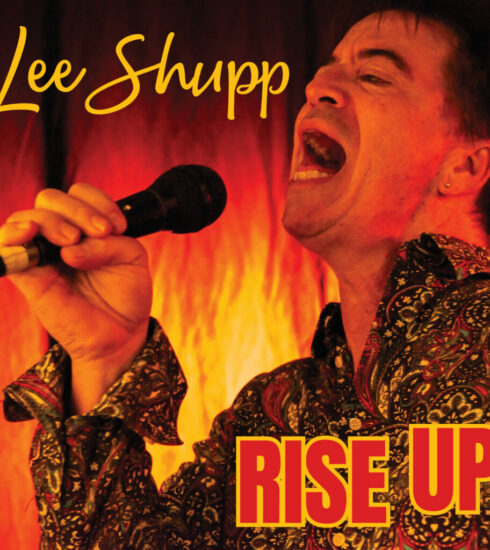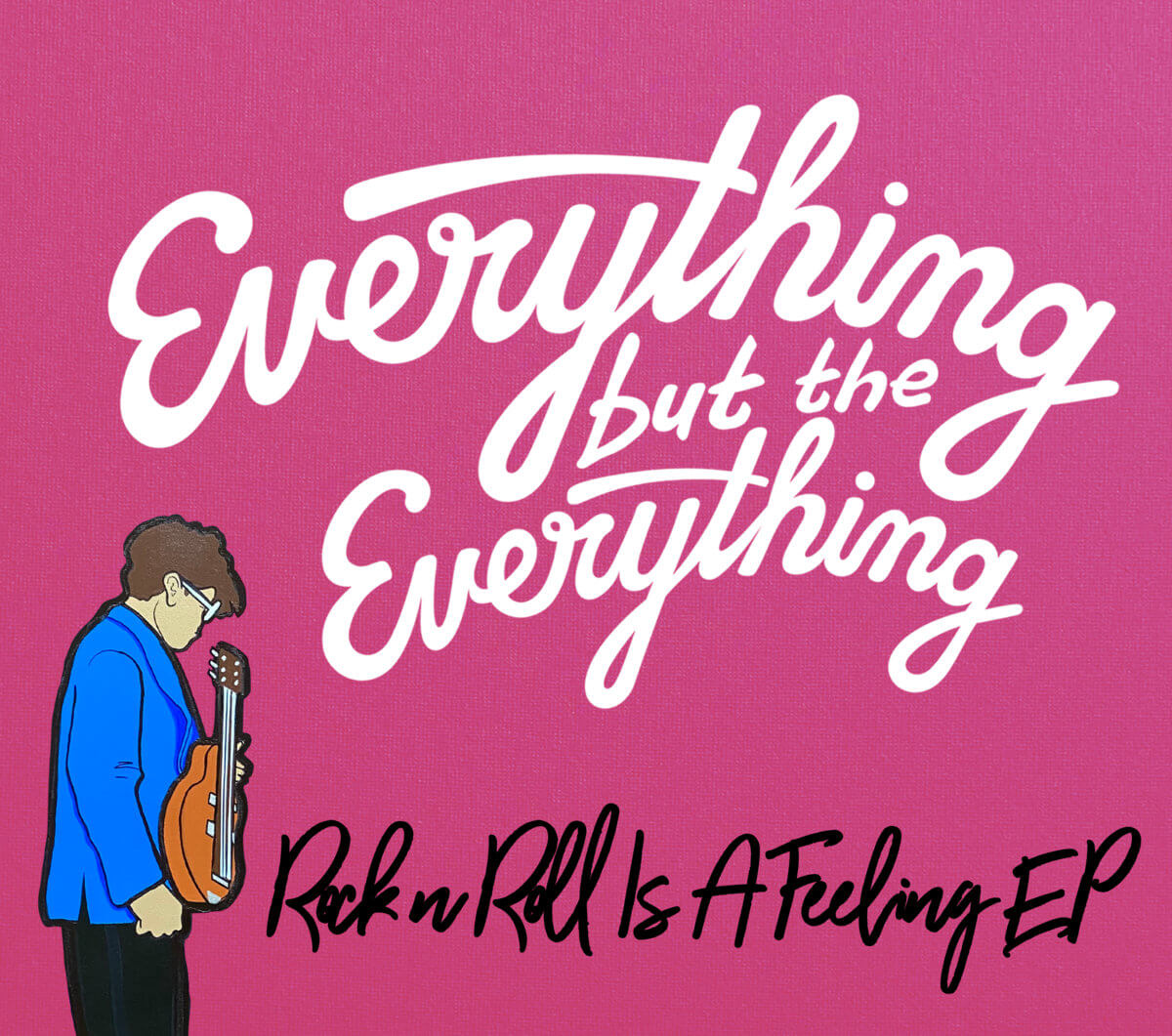Book Review: Four Walks in Central Park: A Poetic Guide to the Park by Aaron Poochigian
Whether you’re a New Yorker or a tourist the pull of Central Park is irresistible. It was designed that way. Frederick Law Olmsted and Calvert Vaux’s Greensward Plan came to life in 1857 as an intentionally bucolic green haven in the middle of a fast-growing city, with plenty of Victorian touches. So it’s remained for all this time — an escape for those weary of the bustle and hubbub. It’s also become a runner’s, cyclists, and rollerblader’s paradise, which can take away some of the peace and quiet, to be sure. To assist in regaining that sense of walking wonder, there’s an appealing new guidebook by Aaron Poochigian, Four Walks in Central Park: A Poetic Guide to the Park (Familius, September 2025). Underscoring the lyrical side of the park, it’s written in verse.
Poochigian is a poet and a translator who’s got a dreamy yet scholarly way of appreciating the park. He’s also a recovering cocaine addict. Part of his recovery was regaining his sense of wonder and community in a dreary time, and it’s not hard to read into this as a reason he fell in love with Central Park. He’d lost interest in the world. The pandemic was surging. He felt more isolated than ever. But every hour spent in the park was an hour salvaged by space, by beauty, by nature.
What he’s done in Four Walks is give back that sense of wonder he was able to regain, which is one of the qualities that makes this book so interesting. It combines a call to mental health with a call to explore with a call to appreciate Olmsted and Vaux’s masterpiece. Unlike run-of-the-mill guidebooks, which present destinations as moments to check off on a list and move on, this one has a poet’s heart, and a poetic pace. Four different walking tours take the reader from one of the park to the other, all named for states of mind that beg for release. A walk “For the Overworked” starts on 59th Street and includes treasures like the Capstow Bridge and Strawberry Fields. By the end, as Poochigian writes,” You look enlivened: less too tired and more gung-ho; less wallflower, more troubadour.” There are walks for the Melancholy, for the Fallow, and for the Disillusioned as well.
Central Park has dozens of sculptures and monuments, thousands of trees (some 170 different species), crowded paths, playgrounds, lakes, and more. Its sheer size (843 acres) is packed with things to see. Poochigian often guides his readers away from the noise to the hard to find gems, and points out overlooked elements on well-trodden ones. In an hour or two, this book in hand, you’ll have a new understanding of the park’s history, of the artists and workers that contributed to it, and the literature that celebrates it. You’ll also realize that bush you’re looking at, or that leaf, or the edge of the pond, or that tracery on the side of a bridge, is downright amazing — and you’ll know why.
My recommendation: get this book. Before you even venture into the park, sit down and thumb through it as you would a roadmap, or a book of poems. Take a look at the maps and the historical photos. Make a mental note of destinations — the beloved Balto Statue (“For the Fallow”), the Diana Ross Playground and Summit Rock (“For the Melancholy”), the Butterfly Garden and the Children’s Glade (“For the Disillusioned”). Thumb through the final section on the park in literature — that’s a treasure in itself. The next day, take the book with you to Central Park. Start with the tour that sparks your imagination, and just start walking.
Nicole Killian








